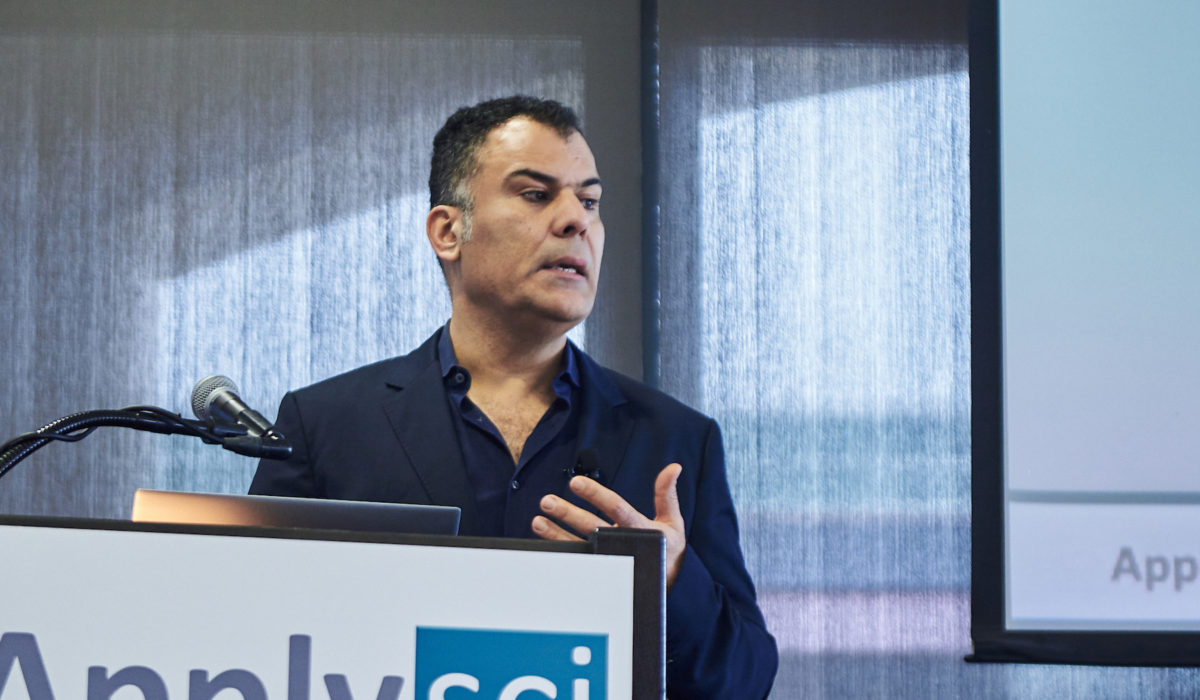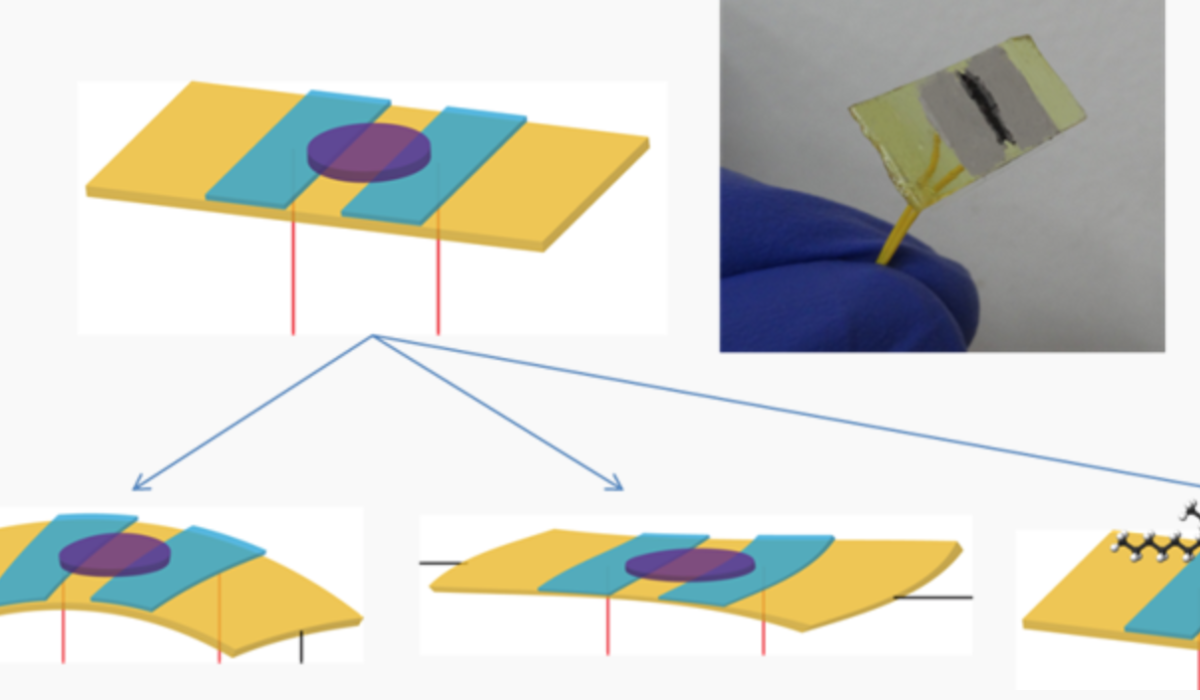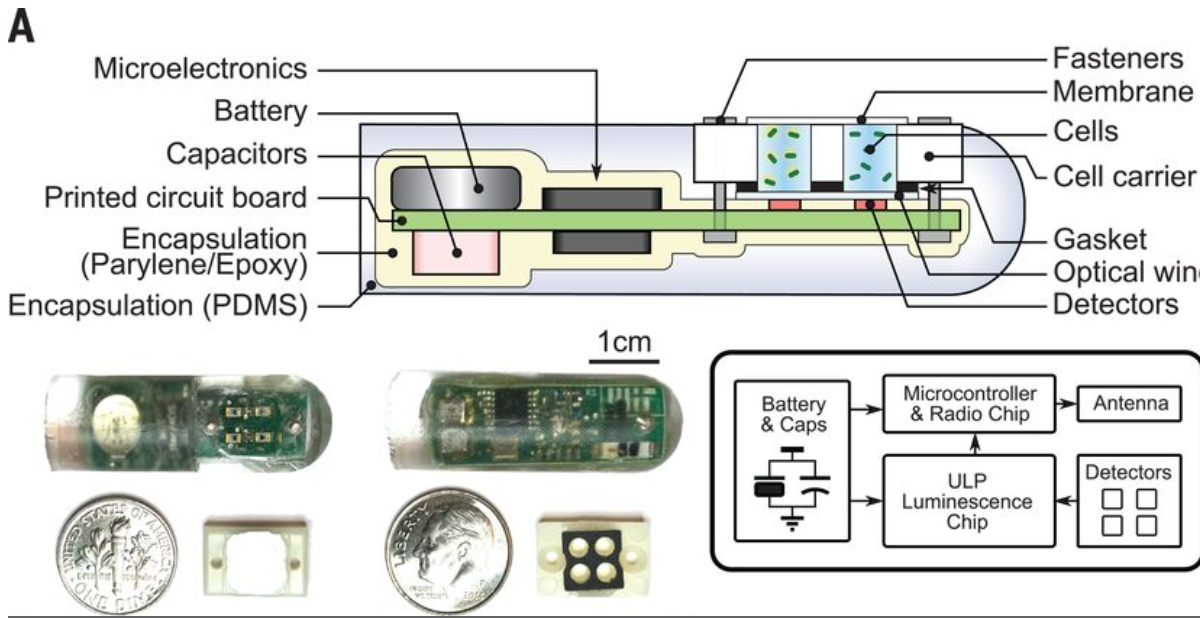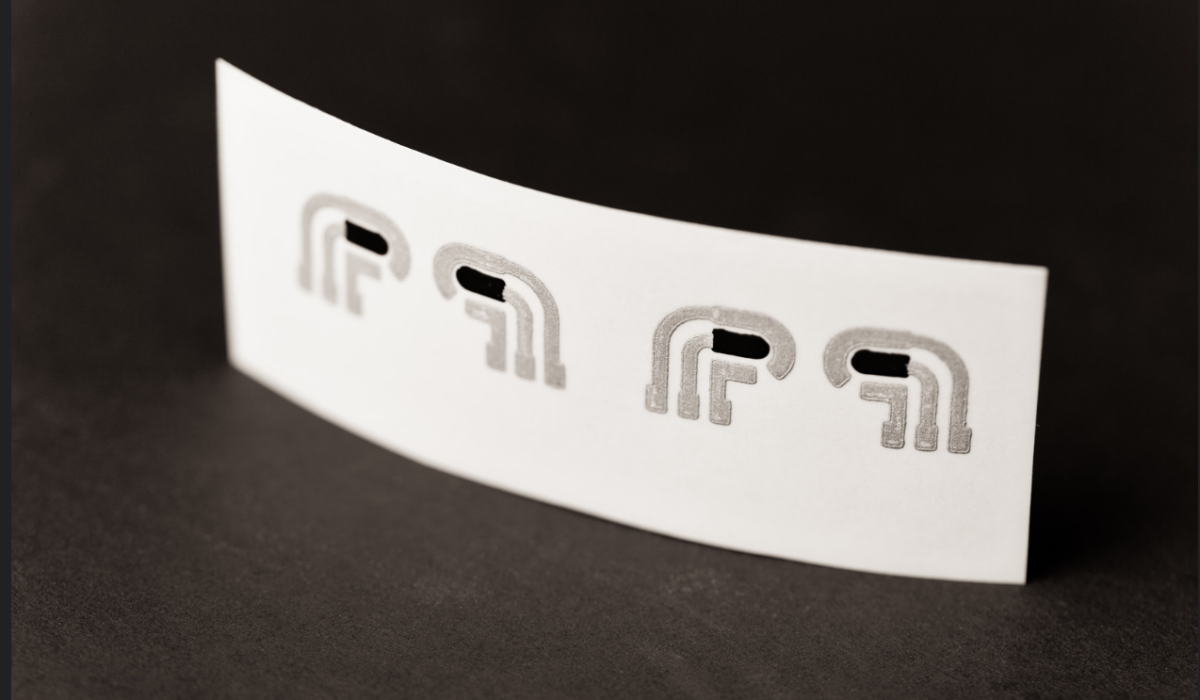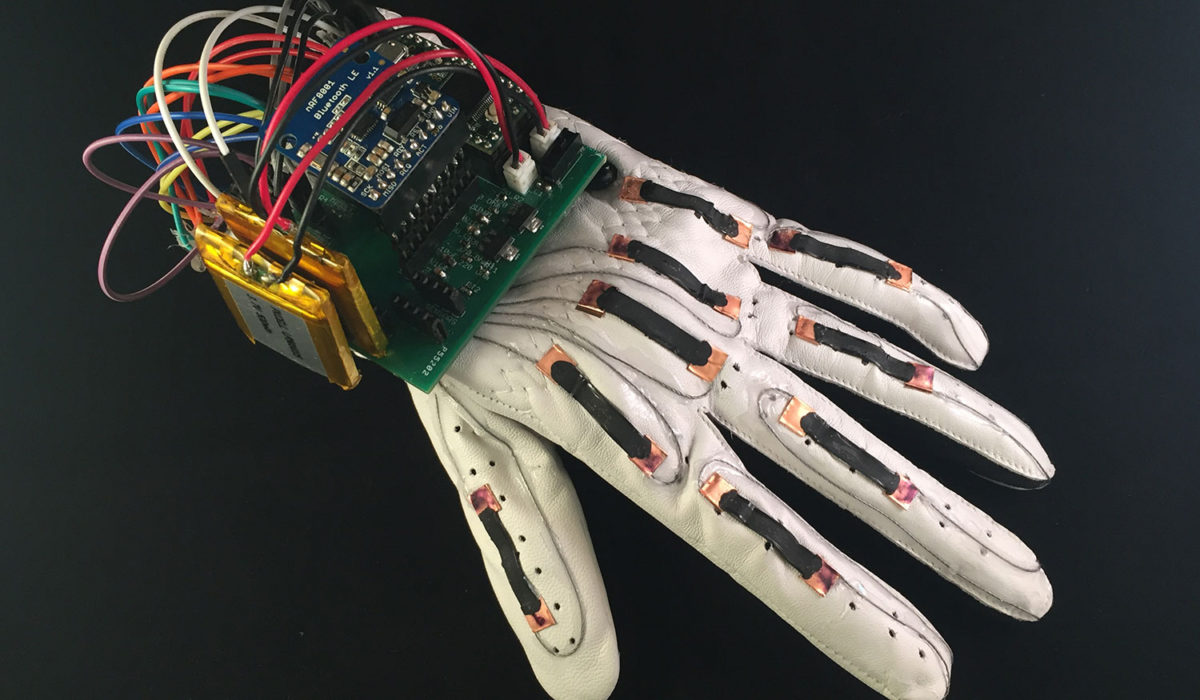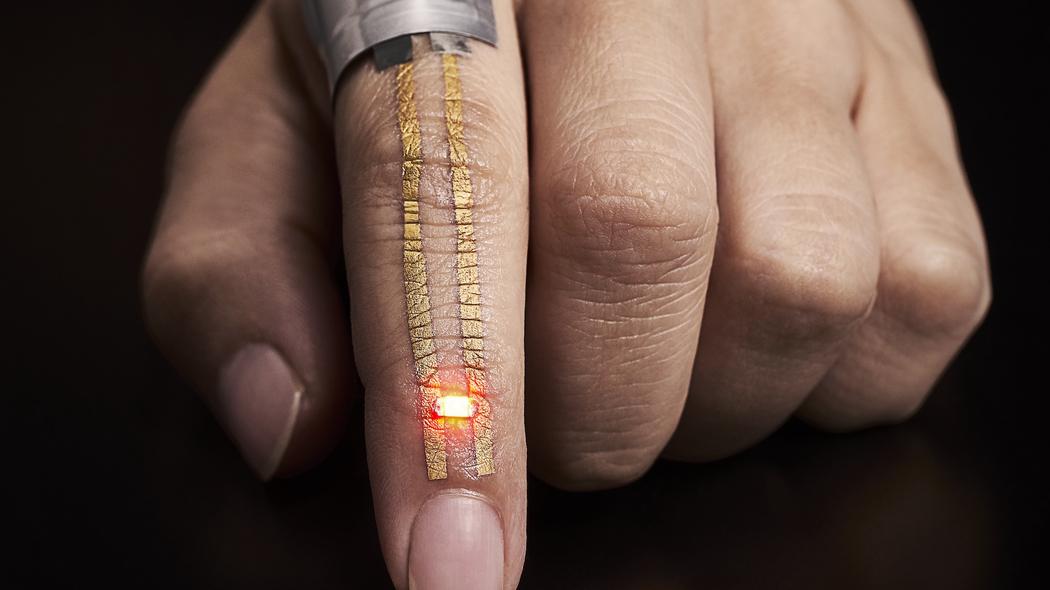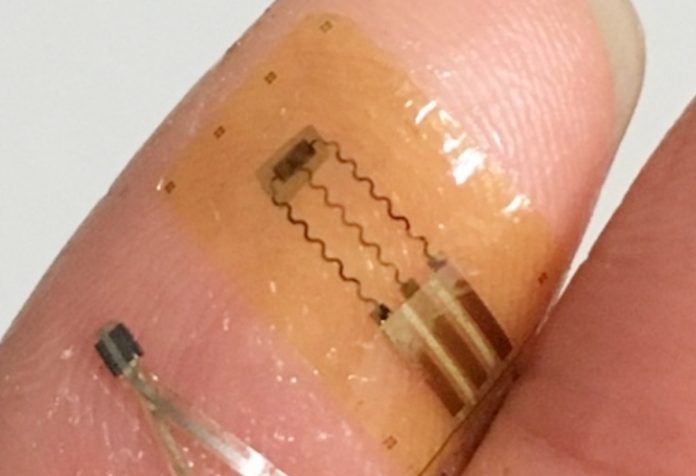Myant‘s Tony Chahine reimagined human presence at ApplySci’s recent Wearable Tech + Digital Health + Neurotech conference at Stanford:
curated by ApplySci
Sensors
Body heat-powered, self-repairing health sensor system
Hossam Haick at Technion-Israel Institute of Technology has developed a body heat powered, self-repairing system of sensorsfor disease detection and monitoring. Unlike other wearables, the ability to derive energy from the wearer, and to fix...
Ingestible “bacteria on a chip” detects blood, inflammation
MIT’s Timothy Luhas developed an ingestible sensor with embedded genetically engineered bacteria to diagnose bleeding or other gastrointestinal issues. The “bacteria-on-a-chip” approach combines living cell sensors with ultra-low-power electronics that convert the bacterial response...
Cheap, noninvasive patch monitors glucose
UCSD’s Joe Wang‘s needless adhesive glucose monitor has begun a phase I clinical trial. The small patch measures insulin levels through sweat on the skin, eliminating the need for a skin prick. The paper –...
Carla Pugh on hacking healthcare with sensors | ApplySci @ Stanford
Carla Pughdiscussed hacking healthcare with sensors at ApplySci’s Wearable Tech + Digital Health + Neurotech Silicon Valleyconference on February 26-27, 2018 at Stanford University:
BP cuff + accelerometer detect early preeclampsia
Purdue’s Craig Goergenhas developed a sensor-based supine pressor test to detect preeclampsia. The technology measures and notes the difference between a pregnant woman’s diastolic blood pressure while in two different positions, using a BP...
Apple patents multi-parameter, phone-based health tracking
Apple has been granted a patent for phone technology using a front-facing camera and light, proximity, and multiple sensors to measure body fat, heart rate, circulation, blood pressure, and breathing, as well as emotional state via...
Sensor glove translates sign language, mimics gestures
UCSD’s Timothy O’Connor and Darren Lipomi have developed The Language of Glove — glove that wirelessly translates American Sign Language into text, and controls a virtual hand to mimic sign language gestures. It was...
Hypoallergenic, continuous, week-long health wearable
University of Tokyo professor Takao Someya has developed a hypoallergenic, adhesive, continuous health sensor. The device can be worn comfortably for a week because of its nanoscal mesh elastic electrodes. This allows the skin...
Thin, flexible, adhesive, continuous, cuffless blood pressure sensor
Zhao Ni and Yuan-ting Zhang of the Chinese University of Hong Kong have developed an ultra-thin, waterproof, cuffless blood pressure sensor that can be worn on the wrist, woven into clothes or bed sheets, or...
